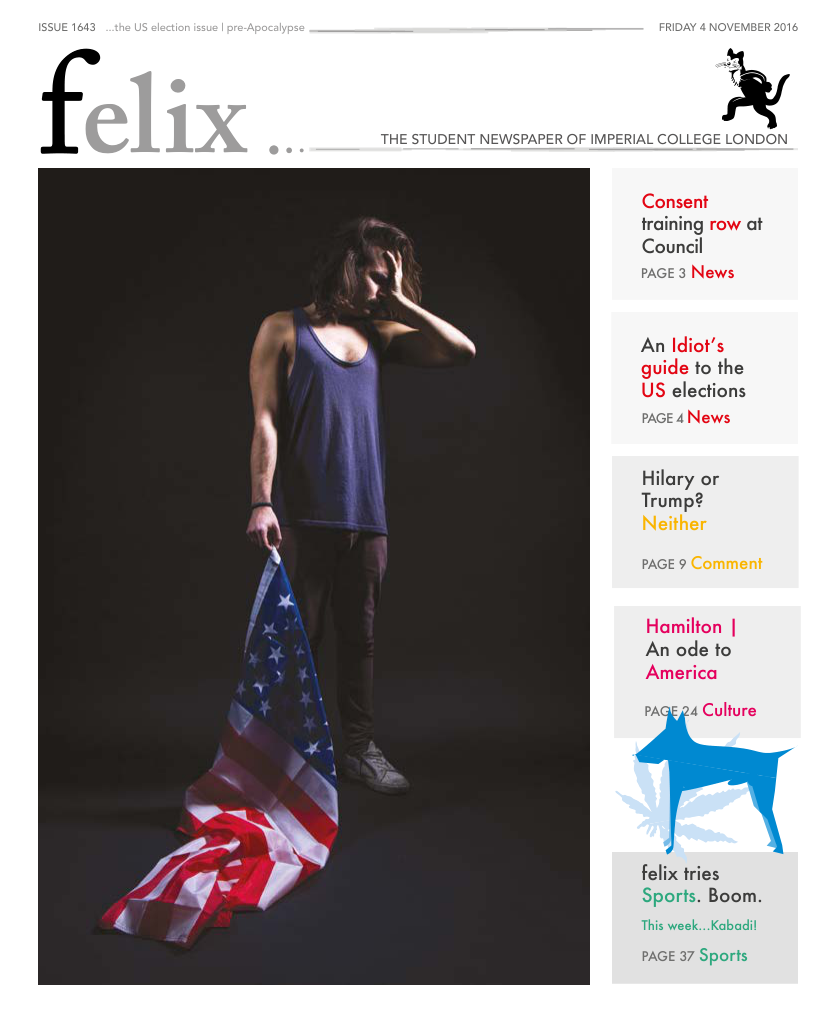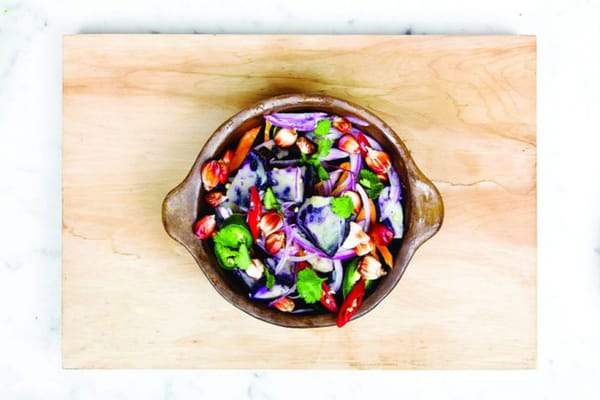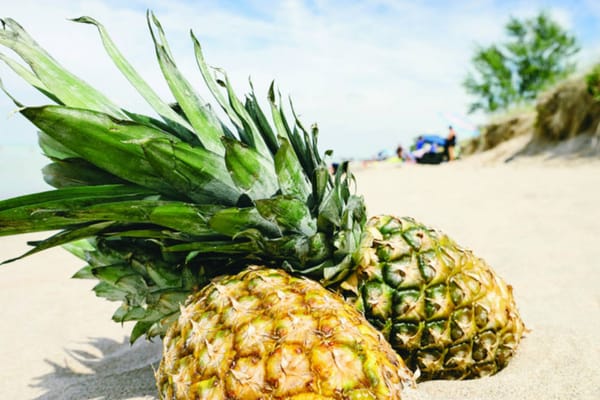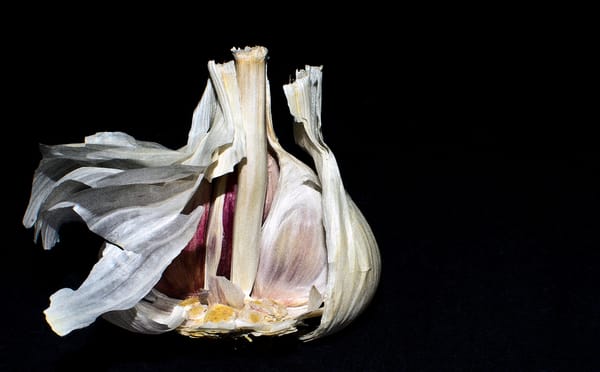Wildlife photographer of the year 2016
Madeleine Webb and George Brooks pair up to discuss the science and technical skill behind the 52 yearold exhibition and of course, what it takes to bag that coveted first prize.
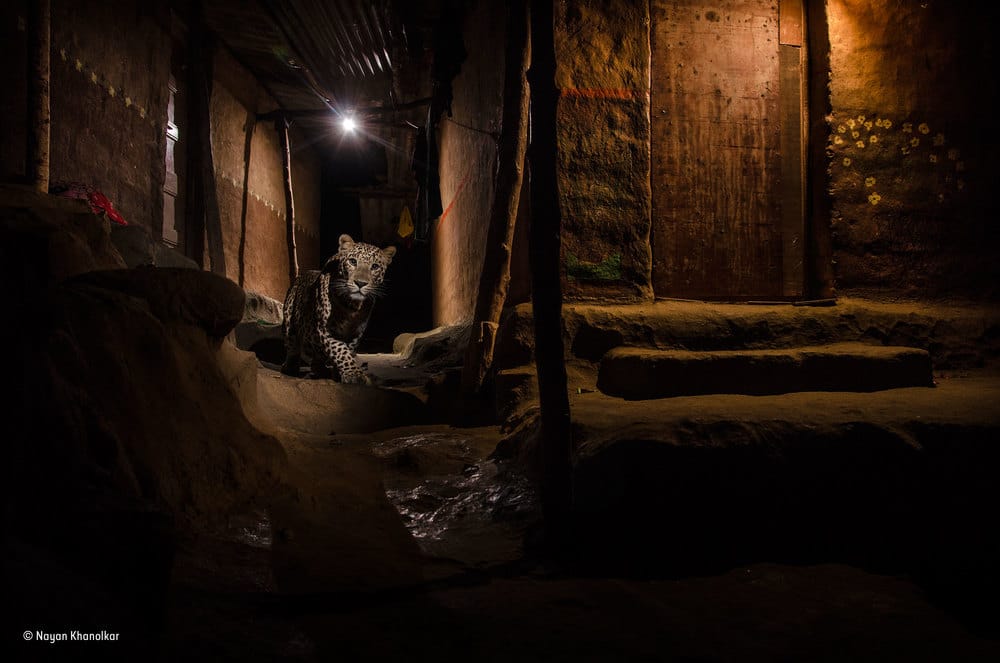
Tucked away in a quiet corner of the Natural History Museum, The Wildlife Photographer of the Year (WPY) exhibition provides a welcome respite from the maddening crowds that flood the museum during the holiday season. The atmosphere changes as soon as you walk into the darkened room filled with birdsong, and you are presented with a series of illuminated photographs all equally stunning and interesting in their own right.
Now in its 52nd year, it’s a joy to report that the exhibition is still a beautiful and sprawling representation of both the natural world and the skill of these elite photographers. The gallery is sectioned into the different categories of the competition and further sub sectioned according to either animal group, or global habitat. The well-lit, large photographs are aligned consecutively around the room, allowing contemplative observation as you make your way through the exhibition. Each image rightly takes its place as a finalist by acting as a glorious representation of the natural world. Helpfully there is also an extensive caption beneath each image, describing how the photo was taken from a technical standpoint, but also providing context about the animal and environment depicted in the image. There’s a broad range of subjects and environments on display, with photos from suburban London to the coastline of Cape Town, not only showing visitors the extraordinary but also making the everyday appear extraordinarily beautiful.

Despite the wealth of talent displayed here, interestingly some of the winning images may seem inferior to other finalists. It quickly becomes clear that the panel rewards photographers for technical skill and an interesting subject, in addition to the vivid colouration and composition of the photo. Since photographers all have access to outstanding equipment to help capture the best shots, a wildlife photo often only stands out when the subject is exhibiting unusual behaviour, or the image really captures the qualities of the habitat in shot. Examples of this include an image entitled Eviction Attempt which shows the bizarre scenario of a parakeet on the wing attempting to haul a monitor lizard out of the bird’s nest, by its tail. The amphibians, reptiles and fish category truly epitomised how the photos were judged, with the winning photo of a terrapin in the gloom of a pond, seeming dull and uninteresting to the neutral eye, when compared to some of the other finalists. However, the technical skill involved in reflecting the dark nature of the pond whilst still achieving clarity of subject is outstanding, and it naturally hasn’t gone unnoticed by the judges.

This is further reflected in a shot called Alley Cat, picturing a leopard skulking through the side streets of Mumbai. Usually in such a dark environment, the requirement is a wide aperture, slow shutter and high ISO to allow in maximum light, yet the photographer used a low flash to illuminate the subject with great clarity, while preserving the gloom of the alleyway. This artistic skill is apparent throughout the exhibition, with shutter speed adjustment, aperture setting, and flash control, all contributing to a wealth of shots that appear more painting than photograph, and present the natural world in an almost otherworldly light. In a world of social media, where every photo taken is highly edited and filtered, the beauty of these unedited images is even more impressive.

It seems odd then that with all this equipment and technical ability presented by the photographers, that the winning shot was taken with a goPro camera, displayed high in a fig tree, and controlled remotely. Winner Tim Lanam, who has won the contest before, presents an orang-utan struggling up the tree in search of fruit, high above the canopy. It’s a fantastically clever shot, reflecting the effort invested by the animal, whilst also providing a window into the world of a now severely endangered great ape, whose habitat displayed in the photograph is severely under threat. It also follows a growing trend in the major award winners across all categories, with images depicting animals struggling against urbanisation, pollution and habitat destruction being the most successful awards-wise. For example the winner of the Wildlife Photojournalist Award: Single Image is a deeply harrowing picture of dead pangolins, the word’s most trafficked animal for medicine and luxury food. One the strongest aspects of the exhibition is the acknowledgement of how humans have impacted the lives of these beautiful creatures.

A section in the centre of the room is dedicated to the Young Wildlife Photographer of the Year contest with an array of photos taken by amateurs aged 11-17. These photos, while generally not as serious in subject matter as some of the others, are not any less breathtaking. The grand title winner The Moon and the crow is one of the most stunning photos in the exhibition and it’s a struggle to believe that someone under ten one of the winning images of a chiffchaff. As well as the central and junior contests there is also the People’s Choice Award, where people can vote online for one of the 25 images of the selected shortlist if you want to get involved in judging some of the images yourself. Personally I’m rooting for an image of a kingfisher diving into the water entitled The Blue Trail.
Coming out of this visual journey, it’s difficult not to urge everyone to check out the WPY exhibition sometime over the next year. It’s easy, what with it being so close to campus, to take the Natural History Museum for granted, but the exhibition is a great reminder of how successful the NHM is at instilling a sense of wonder into its visitors. While it’s true that most of the winning images are available to view online, the experience of seeing them displayed in a room devoid of distractions is really unique. With the rest of the South Kensington area being so loud in the holiday season, spending a couple hours of your day focused on these images is a welcome break. The exhibition tickets range from £6.50-£8 with the student concession and as a bonus you get to skip the long entry queues than can overwhelm Exhibition Road this time of year. So please take an hour out of your schedule to have a wander and a wonder. Wildlife Photographer of the Year is developed and produced by the Natural History Museum, London

